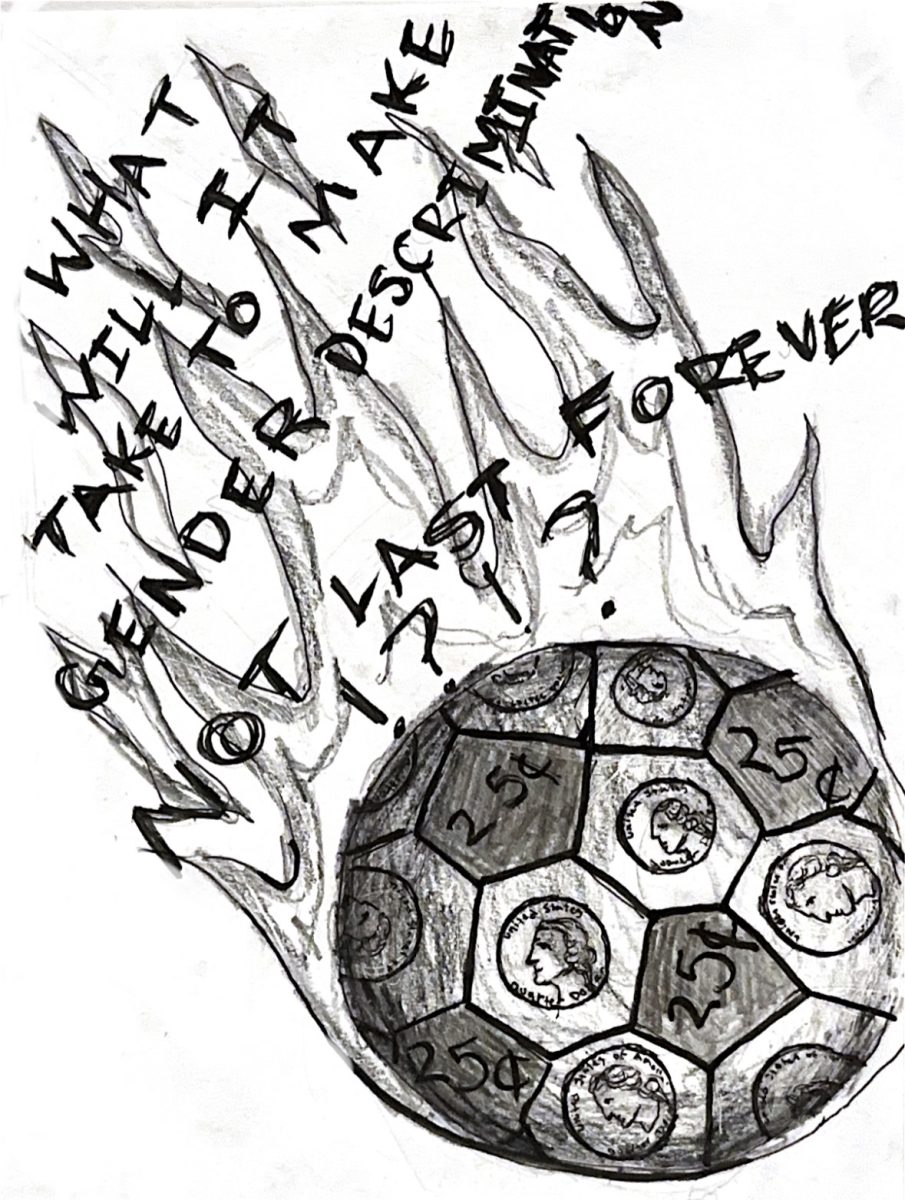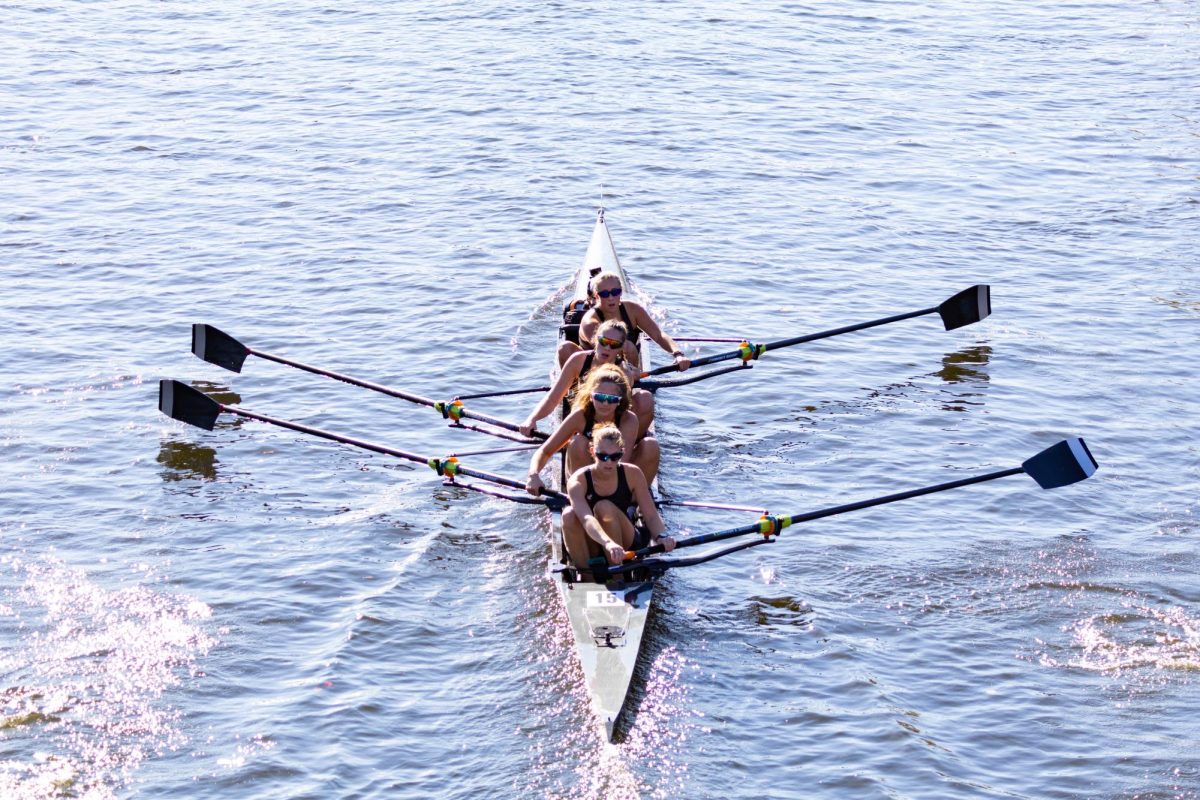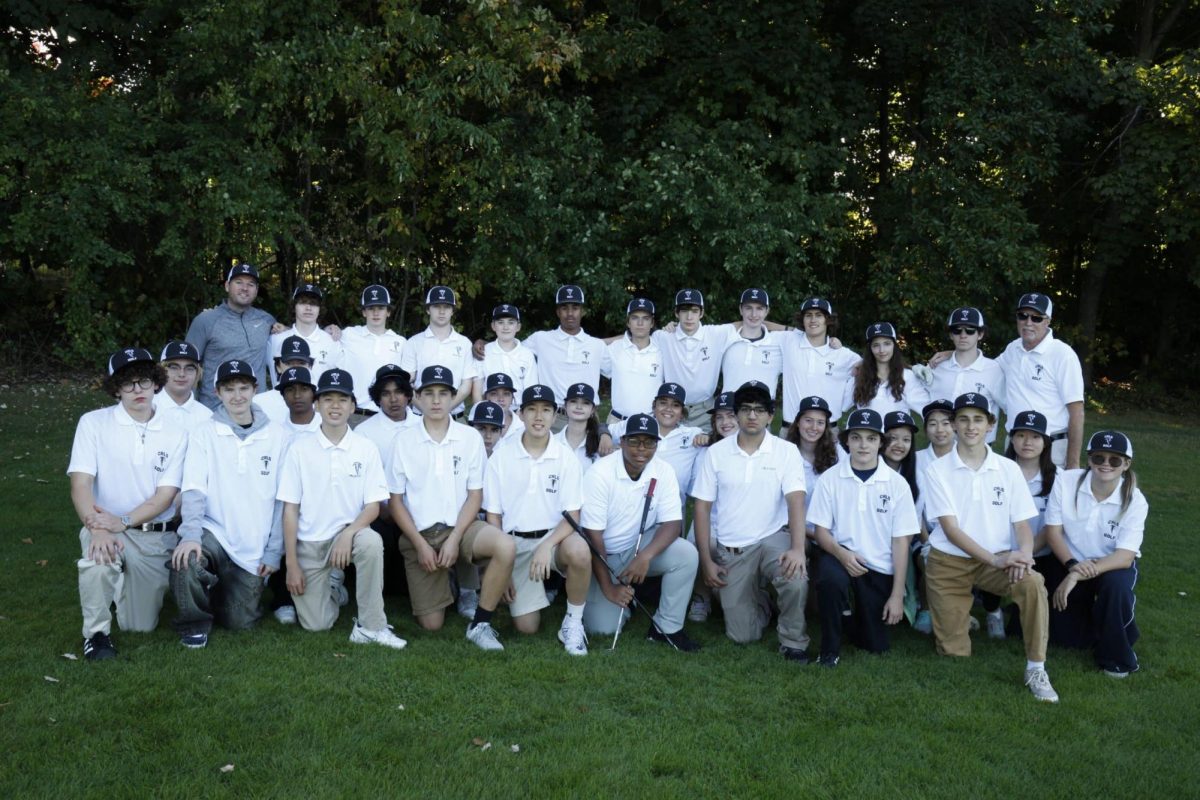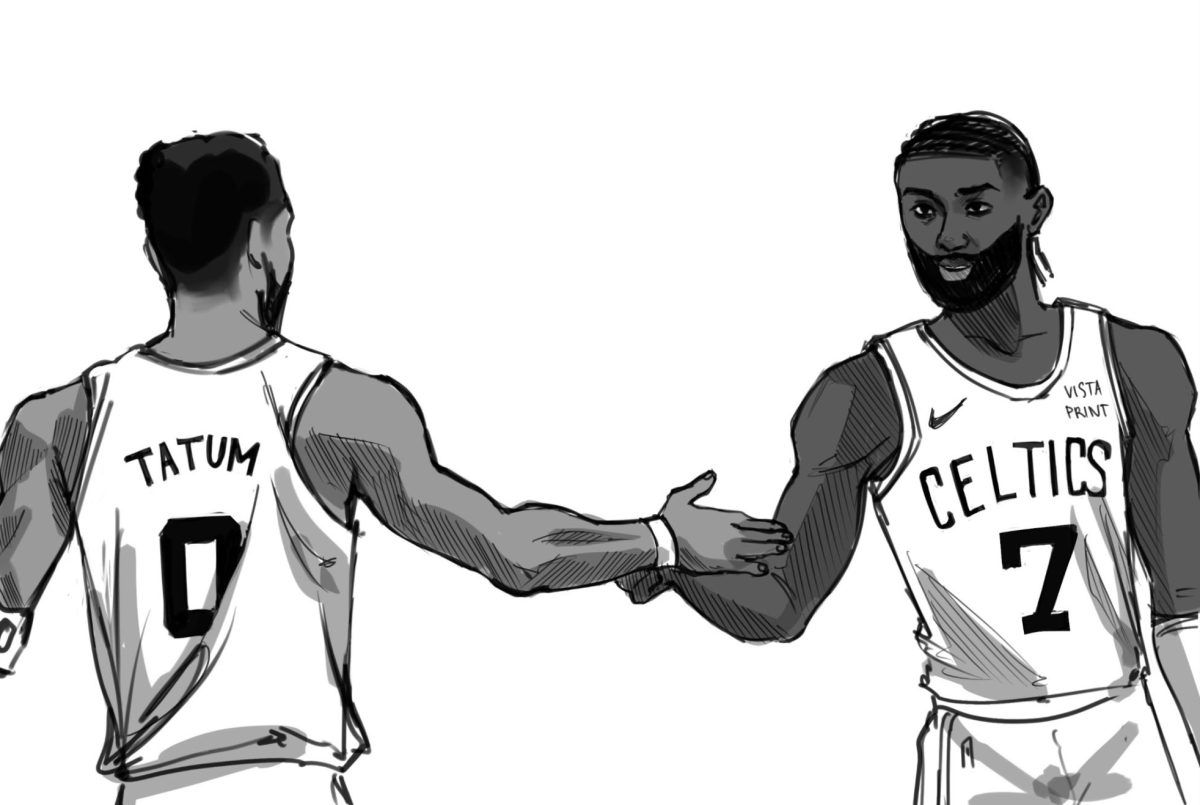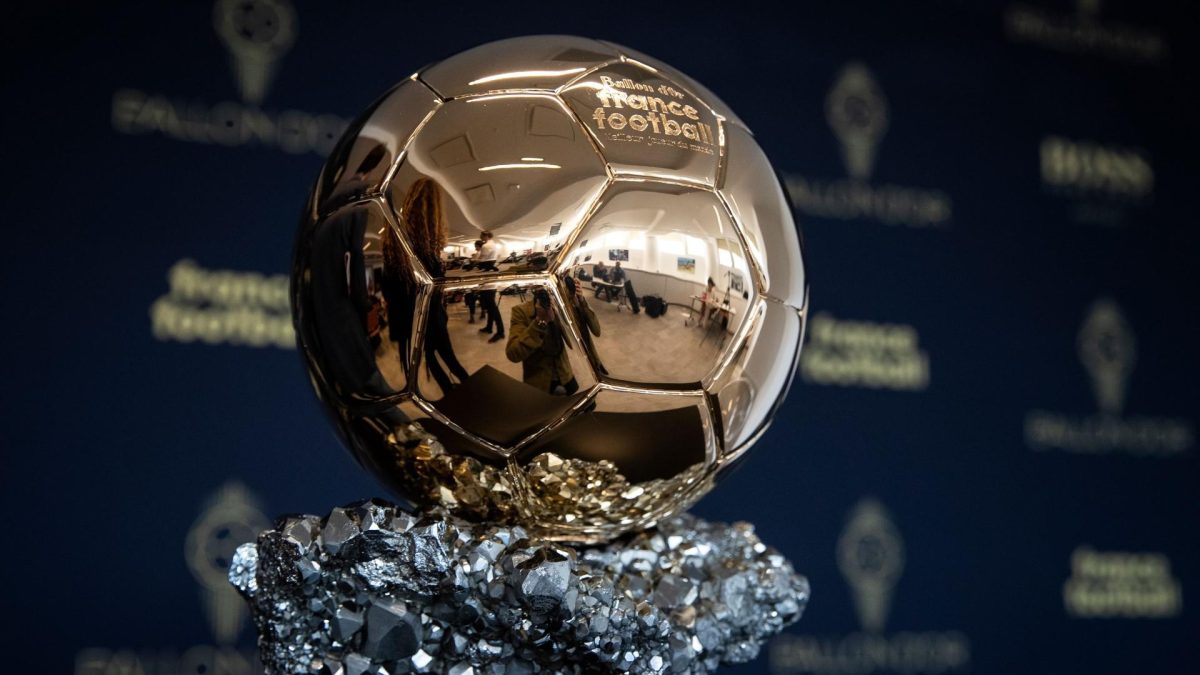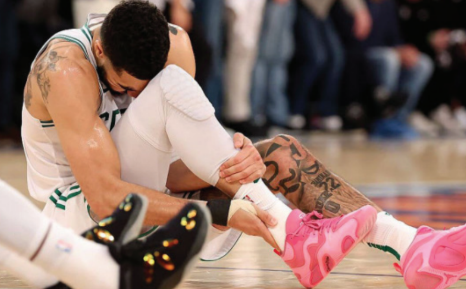Hosted in Australia and New Zealand, the 2023 FIFA Women’s World Cup was an exemplary display of female athletics, but an insufficient exhibition of female value. With 32 teams hailing from around the world, some of the most talented footballers our world has to offer battled not only each other on the field, but also the ever-present disrespect of female professional athletes.
First came the question of pay. Despite the Women’s World Cup quadrupling its prize pay to $110 million from its prior $30 million, it still is only a quarter of the men’s $440 million. FIFA claimed it would ensure each player is paid $30,000 regardless of performance, a significant increase from the current global average for a professional women’s soccer player of $14,000 (an income below the United States federal poverty level). It did not fulfill that promise, stating that it was a prize money was to be distributed through national football federations. FIFA President Gianni Infantino told the Associated Press that the money must go through the “association of associations;” funds would be allocated to national federations that would then distribute it. In lame man’s terms, FIFA can’t guarantee anything.
At the Women’s World Cup, multiple teams continued to urge the federations to agree to equal pay and conditions, including the Nigerian team, which even considered boycotting the opening game due to low wages. Meanwhile, many celebrated that the U.S. men and women’s teams were to split winning money equally. However, this is far from deserved, considering the Women’s Team has won the past two World Cups adding to their total of four wins while the men have never even advanced past quarterfinals. As female athletes are only paid $0.25 to every male athletes dollar, if winnings are also split, the men will consistently earn more than the women.
Not only is the pay gap a blatant gender-based issue prevalent in the World Cup, but it also is the disrespect of women’s bodies. One of the largest news outbreaks came after Spain’s victory where Spanish Football Federation President Luis Rubiales kissed player Jenni Hermoso without her consent. Not only an exhibition of nonconsensual sexual assault, but also of misconduct considering Rubiales is quite literally Hermeso’s boss. Facing immense backlash from all over the world, instead of apologizing as expected, Rubiales doubled down, claiming he did nothing wrong and going as far to call himself a victim of a “witch hunt.” Following the Spanish Women’s Team refusal to play for their country until Rubiales resigned, Rubiales has stepped down and has since been banned from going within 200m of Jenni Hermeso. The team still urges this isn’t enough.
Every Women’s World Cup, news outlets record the “discovery” of more and more gender inequalities ingrained into professional sports, but none of these incidents are novel concepts. They haven’t been revealed or uncovered; audiences just begin to care to look at issues the players have known for decades. Since its inception, women’s sports have never been appreciated at the same level due to preconceived notions about women’s athletic skill and thus its ability to draw in viewers. But as the viral ad for the Women’s French National Team showed the world, the difference between women and men’s soccer playing is not their footwork, its their appearance. The issue has existed forever. The players have felt the consequences forever. People in power have known it forever. The question is, what will it take to make gender discrimination not last forever?
This article also appears in our September 2023 print edition.

